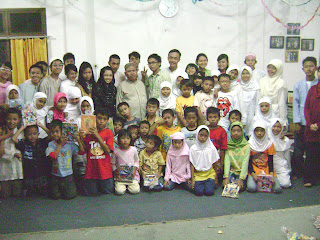AFTA in Indonesia 2010
ASEAN Free Trade Area (AFTA) is the ASEAN free trade area where there are no tariff barriers (import duties 0-5%) and non-tariff barriers for the member countries of ASEAN, the AFTA-CEPT scheme.
The AFTA agreement was signed on 28 January 1992 in Singapore. When the AFTA agreement was originally signed, ASEAN had six members, namely, Brunei, Indonesia, Malaysia, Philippines, Singapore and Thailand. Vietnam joined in 1995, Laos and Myanmar in 1997 and Cambodia in 1999.
Common Effective Preferential Tariff Scheme (CEPT) is the stage of the program and the elimination of tariff reduction of non-tariff barriers mutually agreed by the ASEAN countries. So in the conduct of trade among members, operational costs can be reduced so profitable.
In the CEPT-AFTA scheme goods - items included in the tariff scheme is all manufactured products, including capital goods and processed agricultural products, and products that are not included in the definition of agricultural products. (Agricultural products are sensitive and highly sensitive excluded from the CEPT scheme). Population explosion resulted in increasing population numbers, but not matched by any significant economic growth.
Condition of Indonesia's economy is increasingly uncertain cause many problems in life. One is the increasing levels of poverty population in both rural and urban, which resulted in the reduced ability of residents to meet the needs of primary, secondary, and tertiary.
With the decline of import duty of imported goods can make the domestic market has more competitors. With the reduced demand for the domestic market can disable local producers can not compete with imported goods. Reduced consumer interest to make production cuts that resulted in an increase of unemployment.
Indonesia has not been able to have a policy in favor of small and medium entrepreneurs. Government should be able to limit the entry of imported goods that can harm small and medium businesses in Indonesia.





.jpg)

























0 komentar:
Posting Komentar